Fishermen and environmentalists are standing up against a proposal from a group of researchers who want to dump over 60,000 gallons of sodium hydroxide, also known as lye, into the sea off Cape Cod.
This is being undertaken in an effort to understand how to slow environmental change.
Field Trial
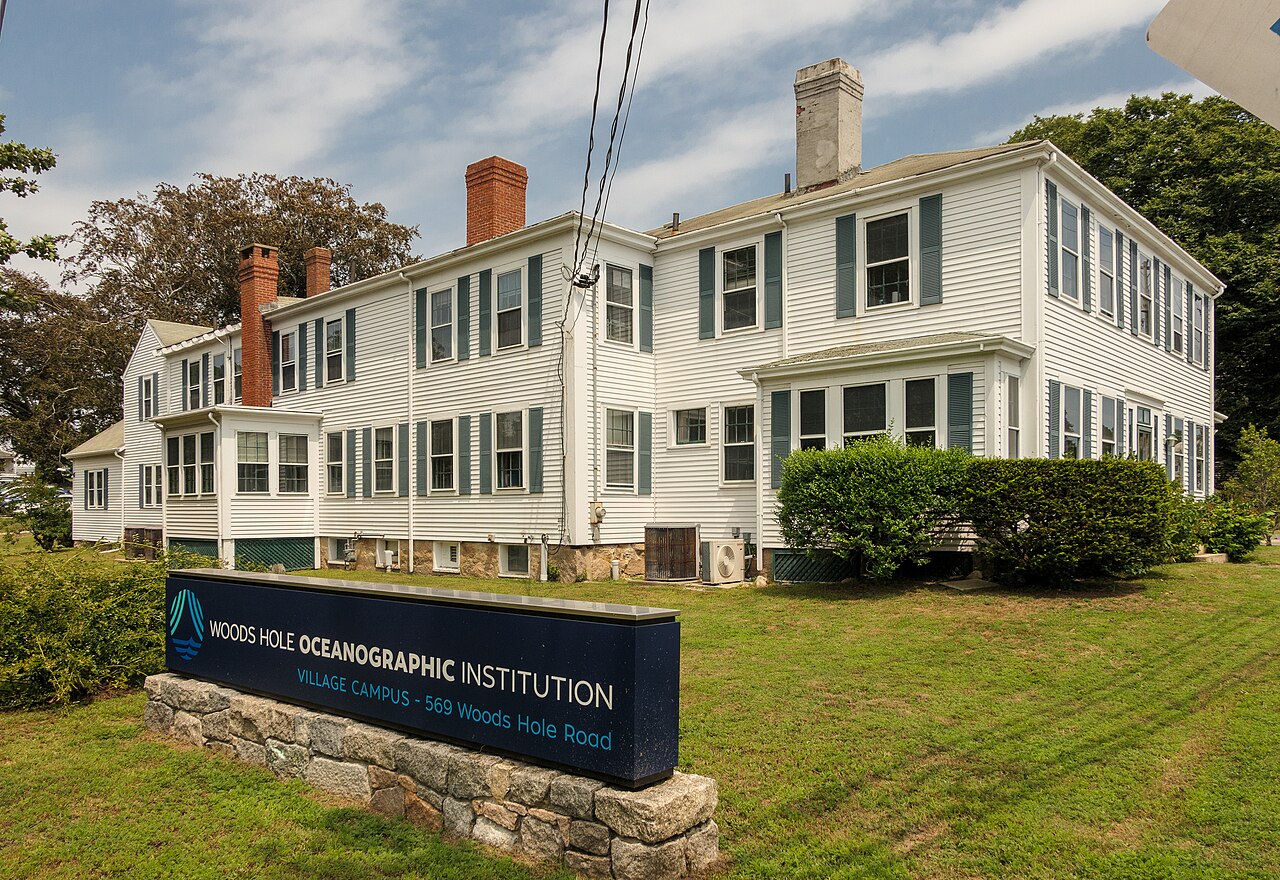
Researchers from Woods Hole Oceanographic Institution in Falmouth are looking for a government license for their venture.
This would begin at some point this summer with a field preliminary program that would scatter about 6,600 gallons 10 miles south of Martha’s Vineyard.
LOC-NESS Project
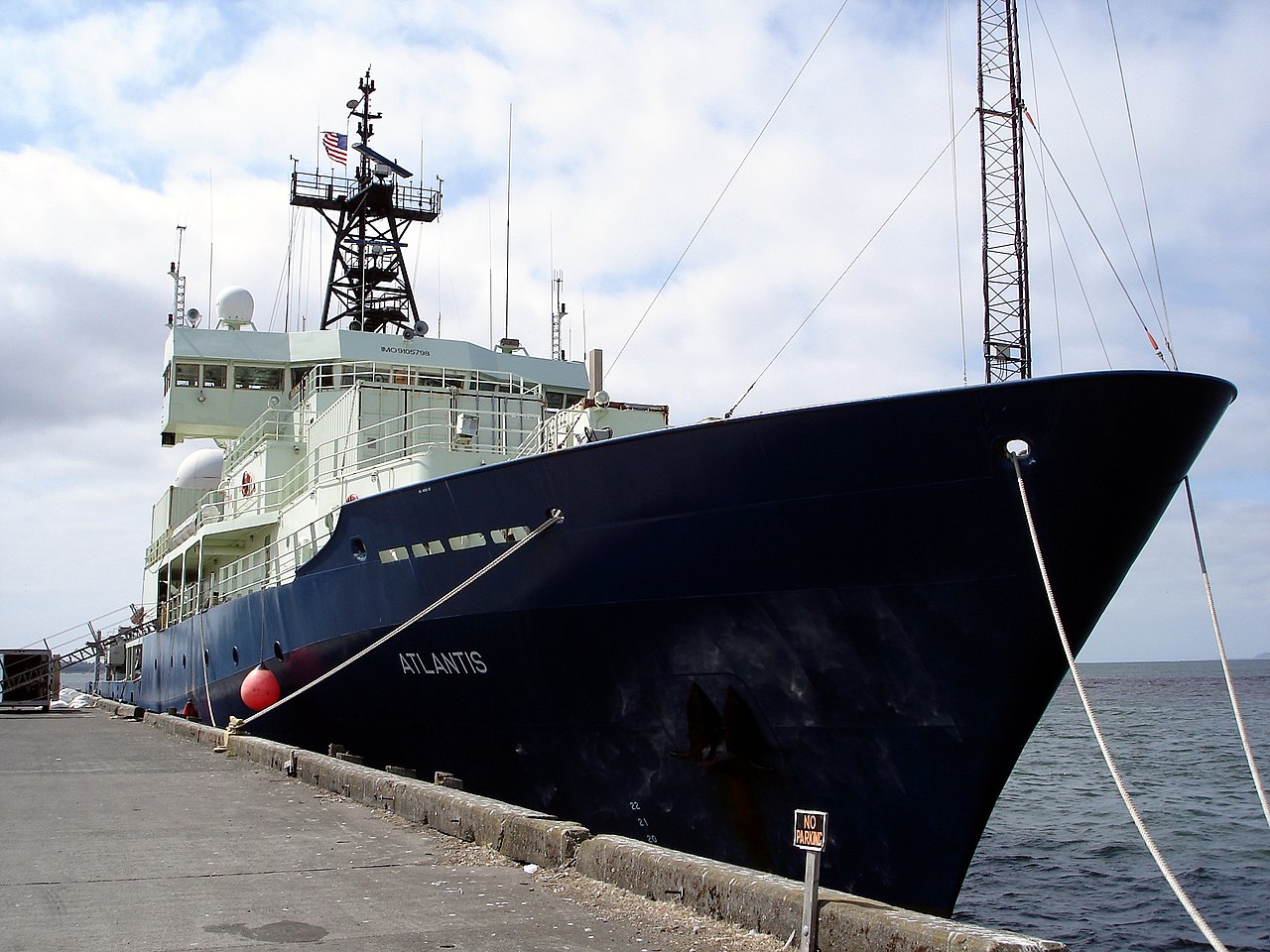
Woods Hole says there are two focal objectives to its alleged LOC-NESS project, which is short for “Locking away Ocean Carbon in the Northeast Shelf and Slope.”
The first aim is to “understand potential environmental impacts of using ocean alkalinity enhancement to remove carbon dioxide from the atmosphere.”
“Supplemental Efforts”
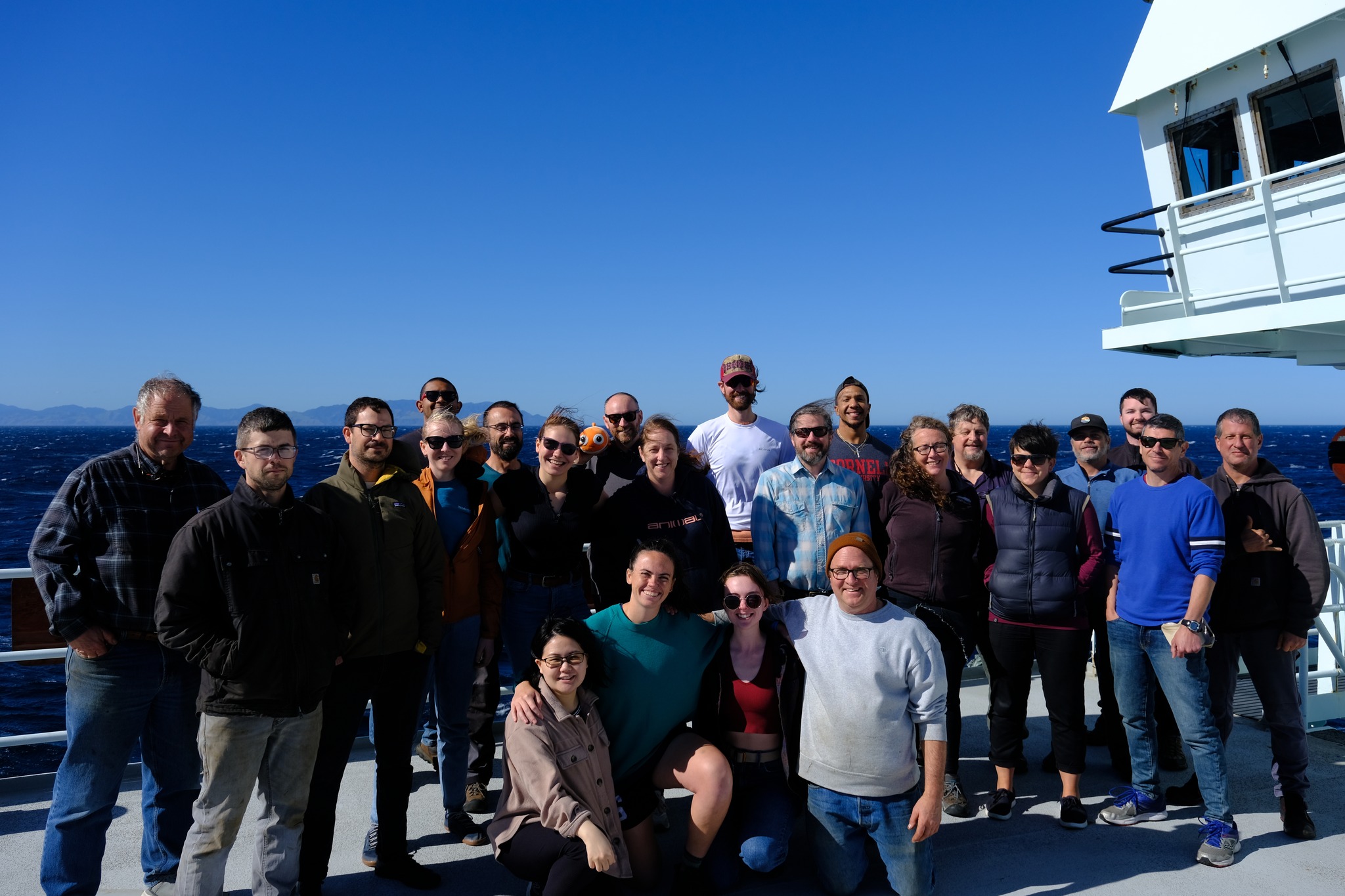
The other goal is to “verify and report the amount of carbon dioxide this method might realistically remove if deployed at scale.”
“While emission reductions are key to minimizing human impact on Earth’s climate, it has become clear in recent years that drastic emission reductions must be supplemented by efforts to actively remove existing carbon dioxide from the atmosphere,” Woods Hole researchers stated in their application to the Environmental Protection Agency.
Larger Scale

Environmentalists and fishermen are not embracing the proposed effort which would continue into the following summer at a larger scale.
This would be scaled up to approximately 60,000 gallons in the waters northeast of Provincetown, in the Gulf of Maine.
Sea Alkalinity Enhancement

Friends of the Earth is one of the many groups that appealed to the EPA against the undertaking during a public remark period that ended on Friday.
They underlined how sea alkalinity enhancement- a process that adds alkaline substances to seawater to alter the pH and improve the sea’s natural carbon sink – is “under moratoria under the United Nations Convention on Biological Diversity due to the risks and uncertainties that these technologies entail to biodiversity and ecosystems.”
“Bad Idea”

“Sodium hydroxide is an incredibly dangerous substance,” Friends of the Earth senior campaigner Benjamin Day informed the Herald.
“It causes chemical burns if it touches your skin or marine animals. We think dumping tens of thousands gallons of that into the ocean is a bad idea.”
Immediate Dangers
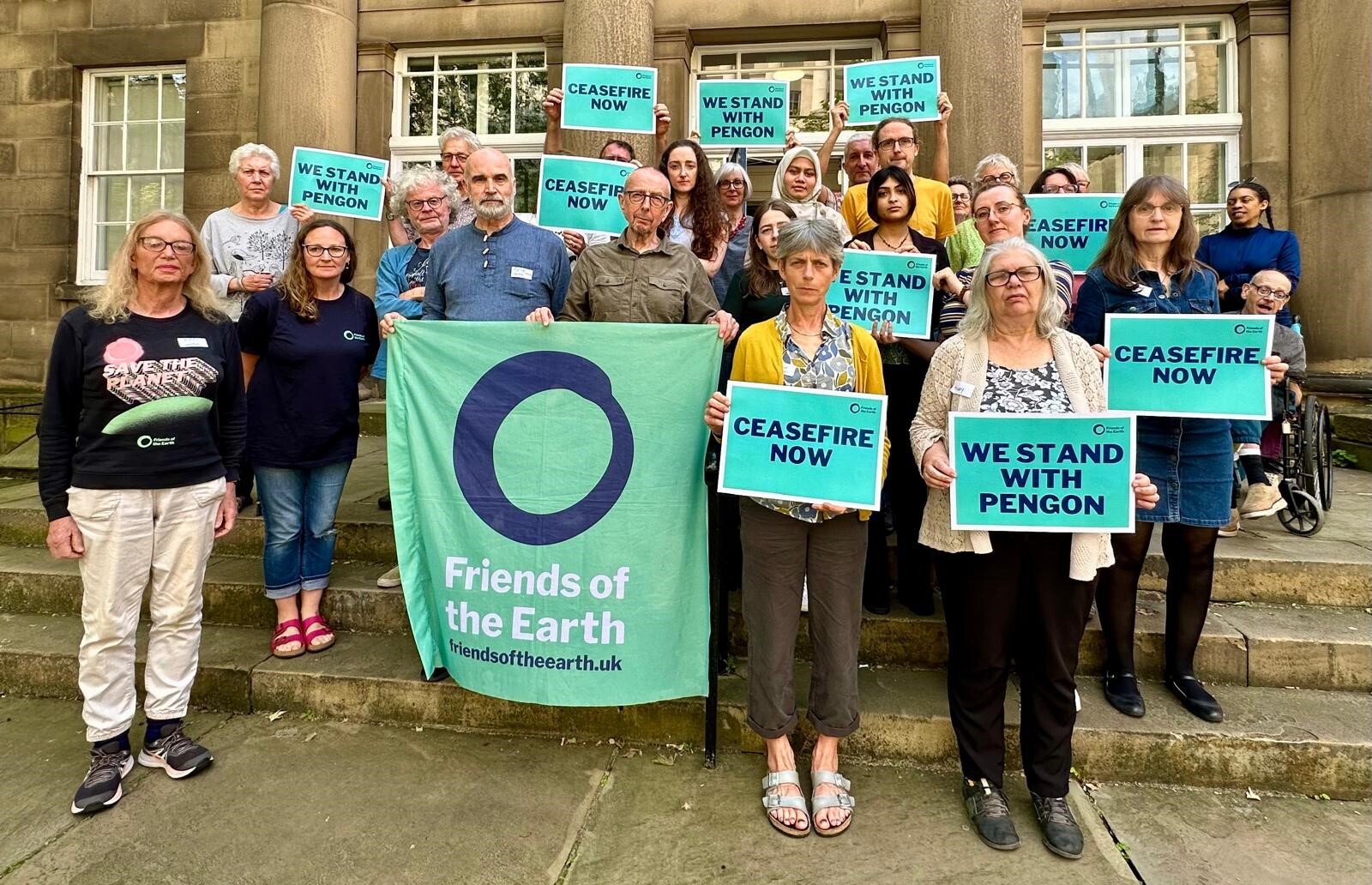
Propositions normally seen for alkalinity enhancement use minerals, similar to limestone, that present a “different set of problems,” Day said.
Sodium hydroxide presents more immediate dangers, he also stated.
Safety Precautions
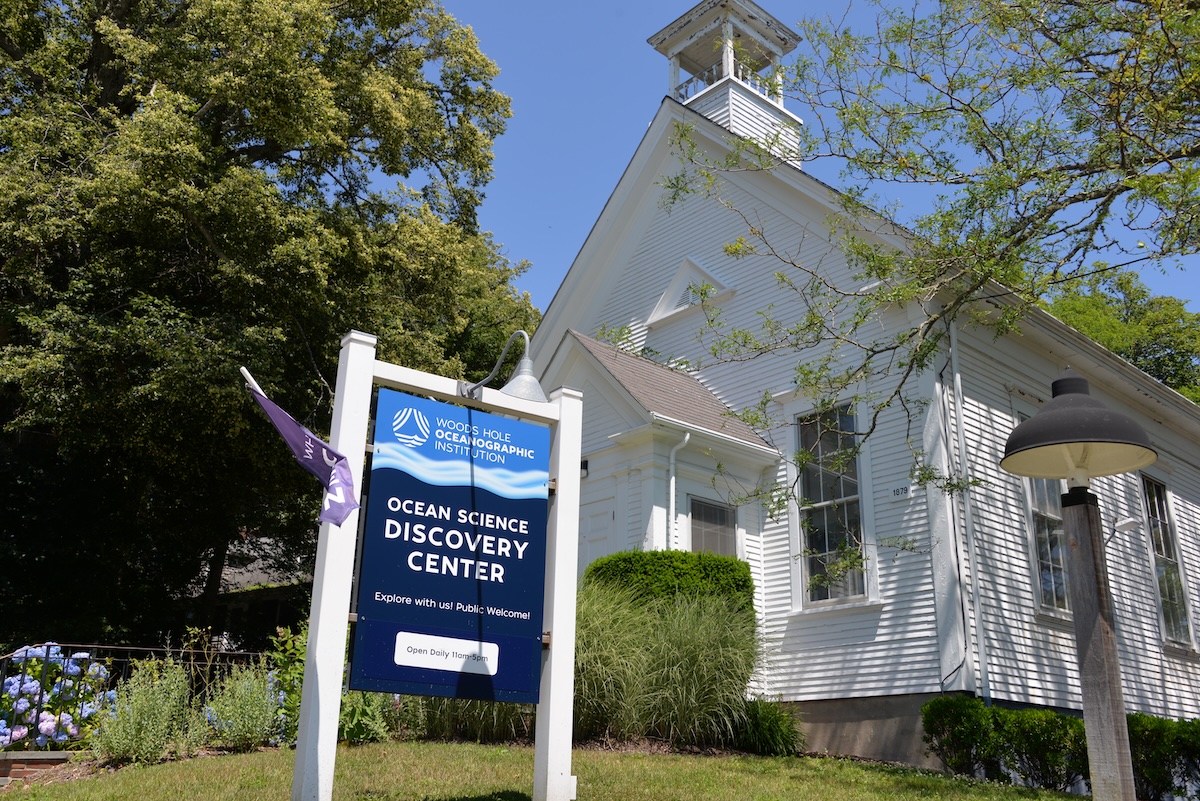
Woods Hole researchers say the venture will “operate within a pH range considered safe for aquatic life (and) maintain strict environmental monitoring protocols.”
Researchers will then, at that point, continually screen the alkalinity fix, “using a suite of instruments, sensors, and sampling equipment.”
Impact on Marine Life
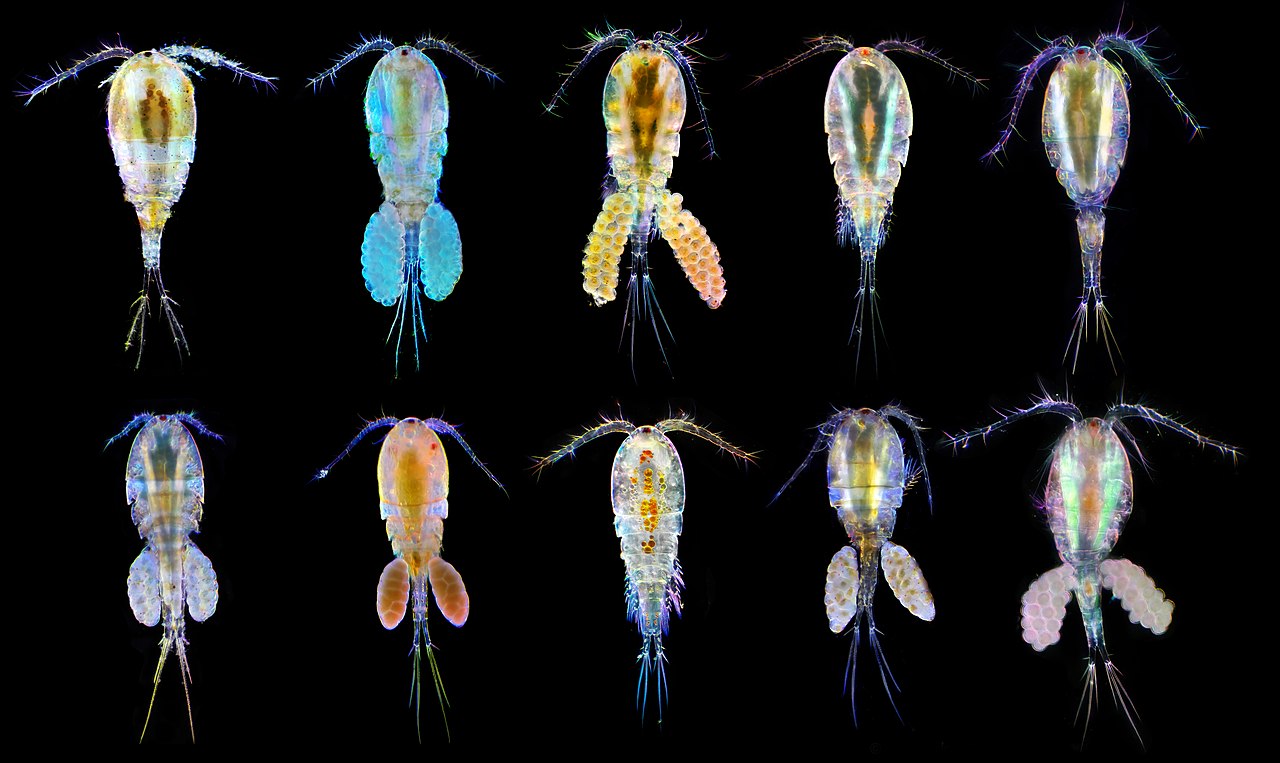
“The results of these monitoring efforts will provide some of the first in-water measurements of the safety of OAE,” researchers have said.
“Including its impacts on water chemistry, the marine food web, and larger organisms such as copepods.”
Understanding Required

Alison Brizius, head of the Massachusetts Office of Coastal Zone Management, says she accepts the undertaking is required to figure out the viability of marine carbon dioxide expulsion.
“This study has the potential to inform future work as mCDR research continues and possible commercial-scale applications are developed,” she stated in a letter to the EPA on Friday.
Fishermen Response
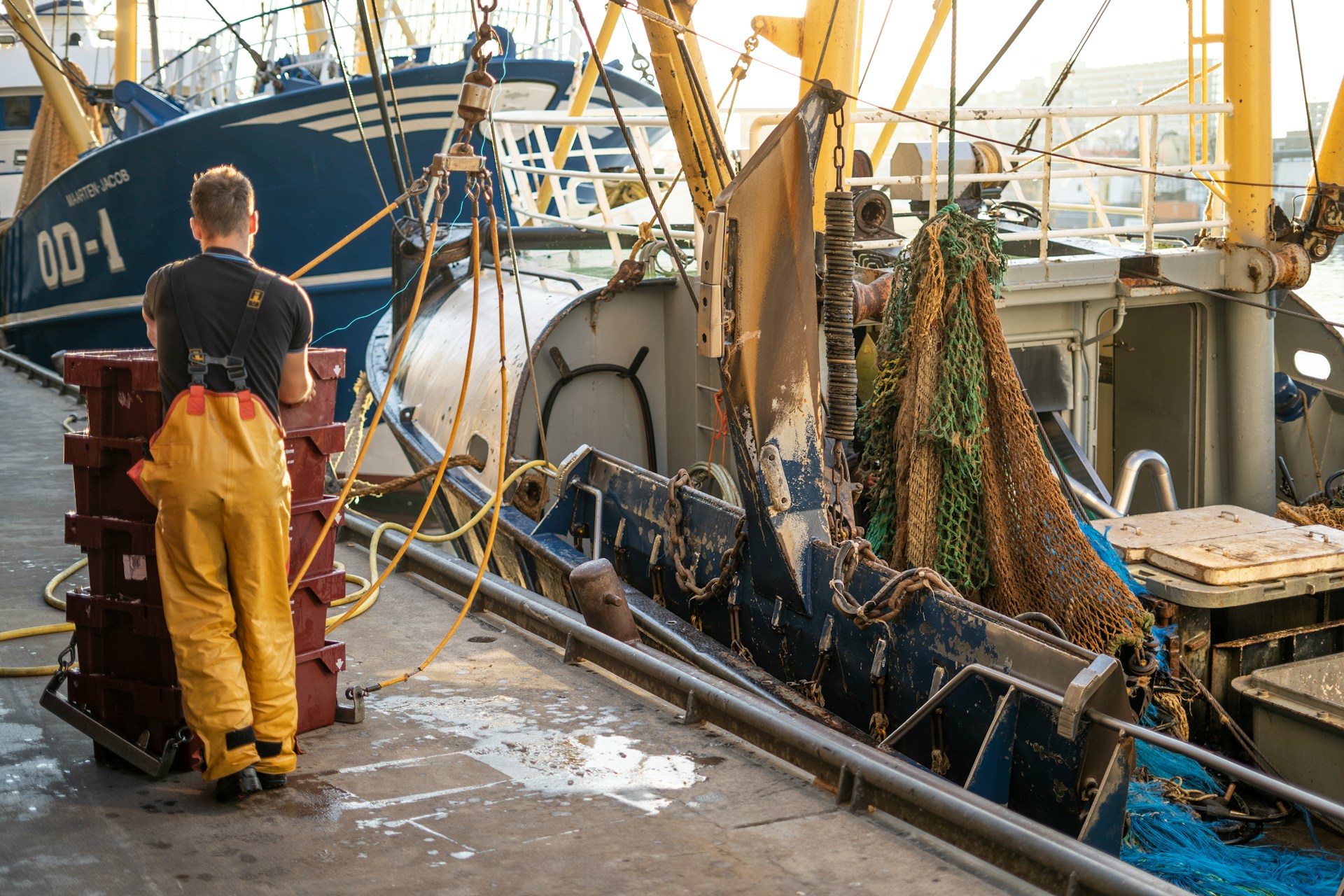
Robert Scammon, a commercial groundfish captain who has fished the Gulf of Maine and George’s Bank for 37 years, said the designated region for testing has created 30 to 40% of his catch in that time.
Jerry Leeman, CEO and founder behind the New England Fishermen’s Stewardship Association, added he thinks the “project is being done in haste, and without proper oversight.”
“Major impacts to the commercial and recreational fisheries are likely, which would cause severe economic turmoil (and loss of commercial and recreation opportunities) to the neighboring states’ fisheries, in addition to the immediate test site.”
